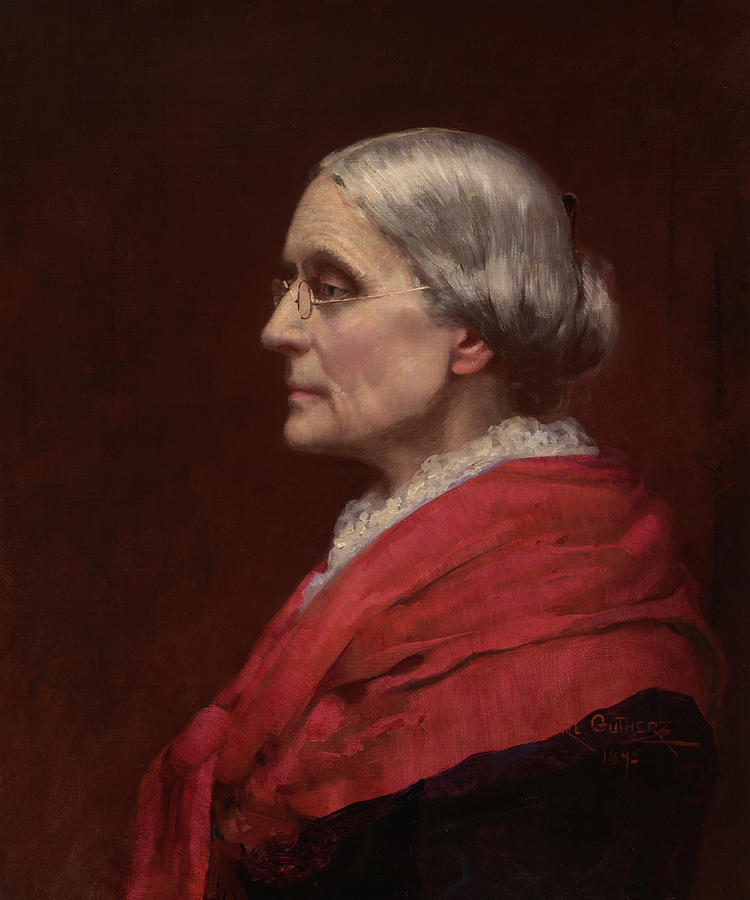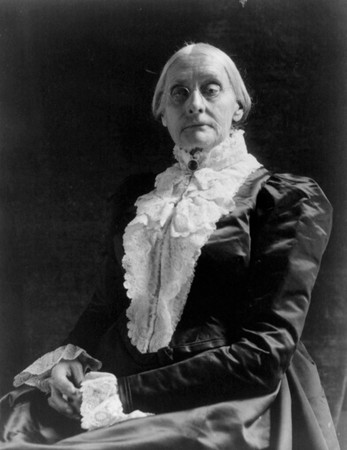

She never did officially leave the Quaker meeting, although at this time she also began attending the liberal Unitarian Church.Īnthony joined the Daughters of Temperance in 1848. (Temperance is the restraint in the use of alcoholic liquors.) Her commitment to temperance came in part as a result of her Quaker upbringing. At the time she was more interested in pursuing temperance reform. In 1848, Anthony’s younger sister ( Mary) attended the Adjourned Convention in Rochester, New York of the first Woman’s Rights Convention in Seneca Falls.

There, her lifelong career in reform began. By 1849, Anthony had grown dissatisfied with teaching, and took up her father’s offer to come to Rochester and run the farm while he built up his insurance business. There, she rose to become headmistress of the Female Department.Īnthony’s father moved the family once again in 1845, this time to a small farm in Gates, west of Rochester, New York. She taught first at Eunice Kenyon’s Friends’ Seminary in New Rochelle, New York and then at the Canajoharie Academy in 1846. That same year, Anthony left home to teach and to help pay off her father’s debts. In 1839, the family moved to Hardscrabble (later called Center Falls), New York in the wake of the Panic and economic depression that followed. Their losses were so great that they were forced to sell everything in an auction - even their most personal belongings - which were saved only when Anthony’s uncle, Joshua Read, stepped up and bid for them at the last minute, in order to restore them to the family.Photograph of Susan B. She was forced to end her formal studies because her family, like many others, was financially ruined during the Panic of 1837. Her father, who as a Quaker encouraged education in his daughters, enrolled her in Deborah Moulson’s Female Seminary, a Quaker boarding school in Philadelphia, in 1837.Īnthony was not happy at Moulson’s, but she did not have to stay there long. However, she began to feel that her own education had not been enough. There, some of her teachers were women.īefore she was sixteen, Anthony started to teach, taking small jobs near her home.


There Anthony, along with her brothers, sisters and some neighborhood children, received the bulk of her formal education in a home school established by her father. The house included a store and a schoolroom. Battenville is a town in the Hudson Valley region approximately thirty-five miles north of Albany. In 1826, when Anthony was six years old, she moved with her family to a large brick house in Battenville, New York. Anthony was the second child.Photograph of Susan B. Lucy Read Anthony had six children that survived infancy, four girls and two boys. Her mother, Lucy Read, was a Baptist whose father (Daniel Read) had fought in the American Revolution and served in the Massachusetts legislature. Her father, Daniel, was a liberal Quaker ( Society of Friends) abolitionist (someone who believed that there should be no slavery) and at various times a shopkeeper, the owner and manager of cotton mills, a farmer, and an insurance agent. Susan Brownell Anthony was born on a farm near Adams, Massachusetts on February 15, 1820. Hope Cemetery, Rochester, NYĬontribution Worked more than 50 years for women to have the right to vote in the United States.


 0 kommentar(er)
0 kommentar(er)
